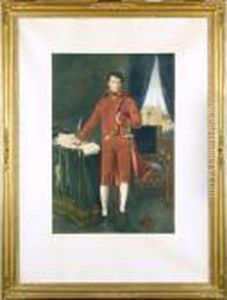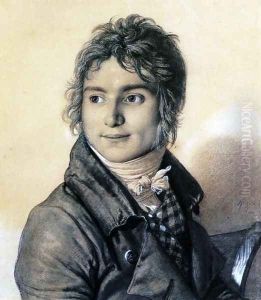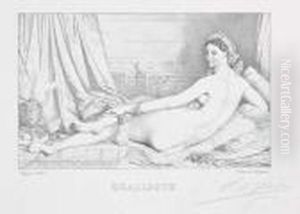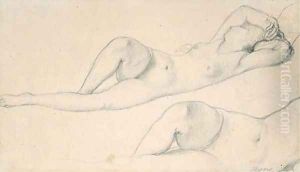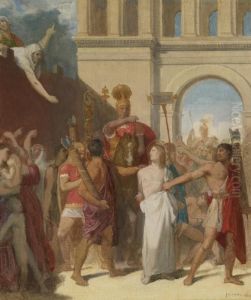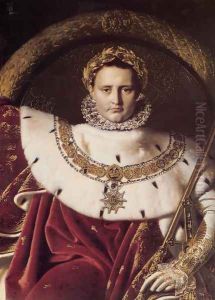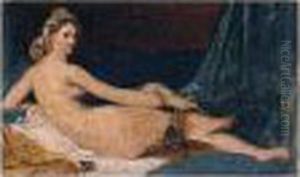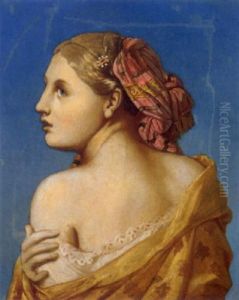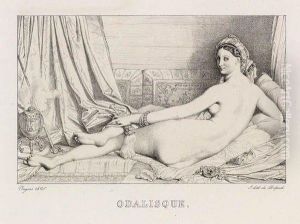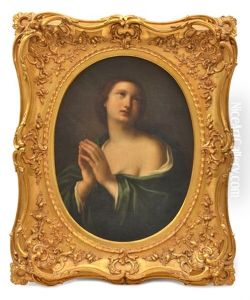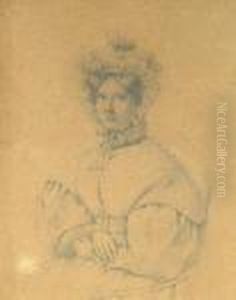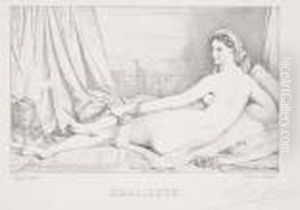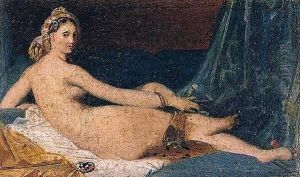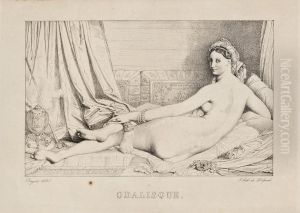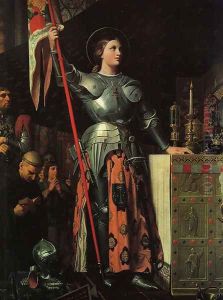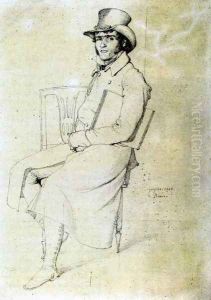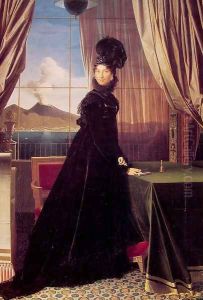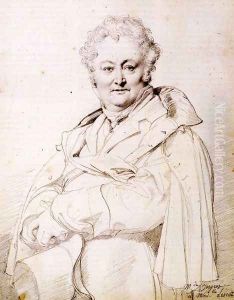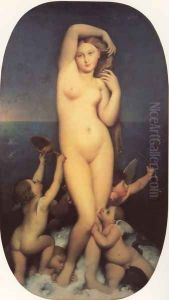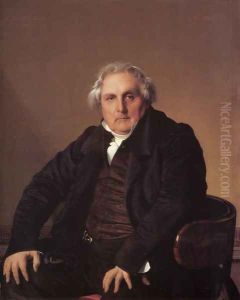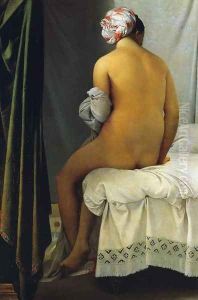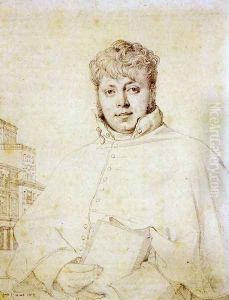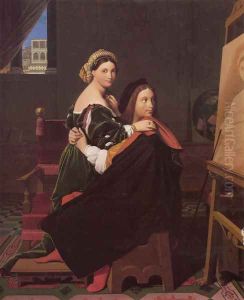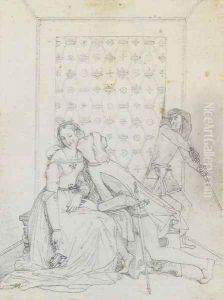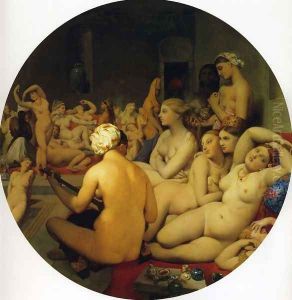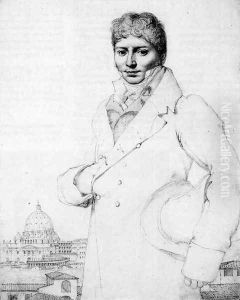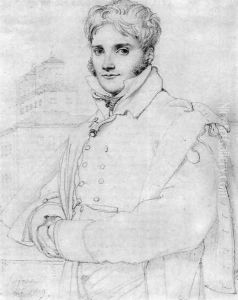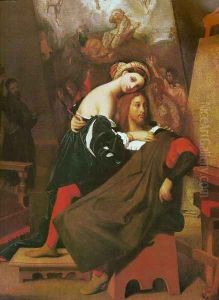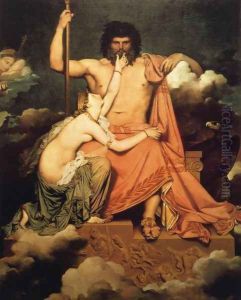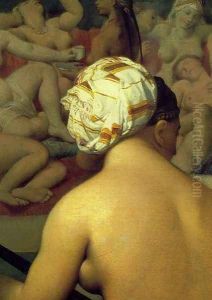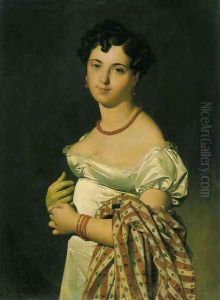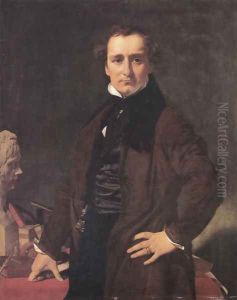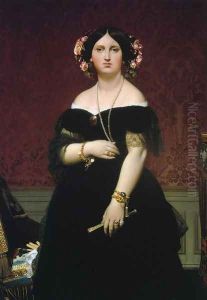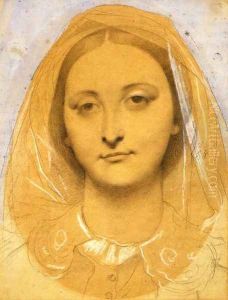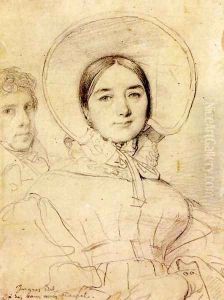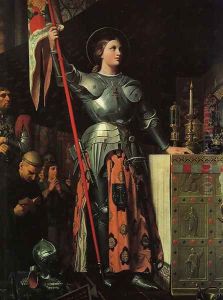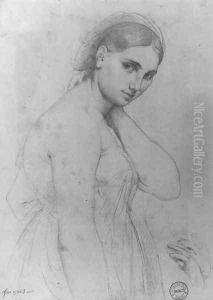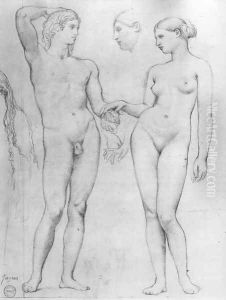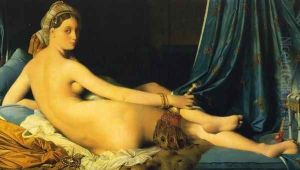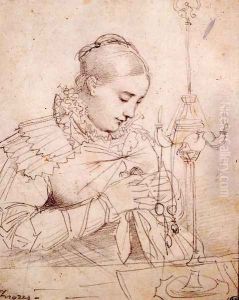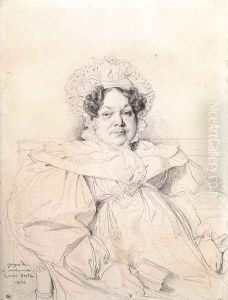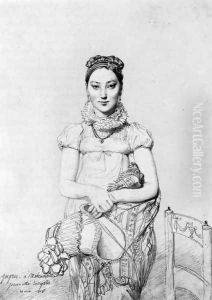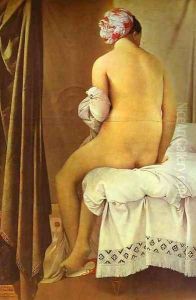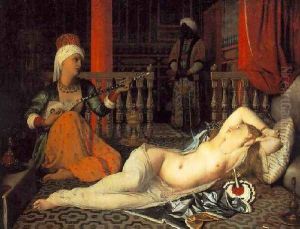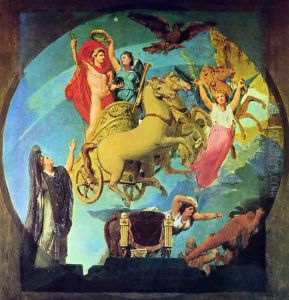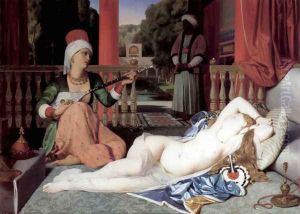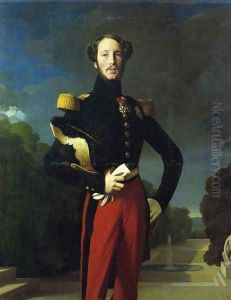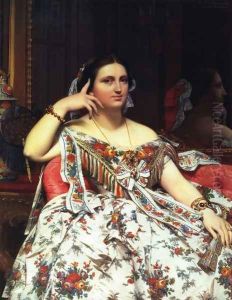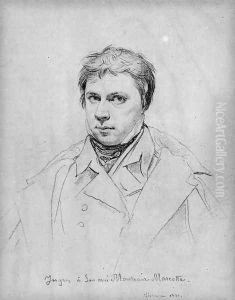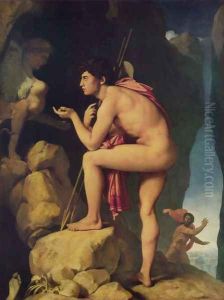Jean Auguste Dominique Ingres Paintings
Jean Auguste Dominique Ingres was a French Neoclassical painter, born on August 29, 1780, in Montauban, France. He is known for his meticulous approach to drawing and for his works that reflect a strong emphasis on line and form, which later influenced modern art movements such as Symbolism and Surrealism. Ingres' early training was under the tutelage of his father, Jean-Marie-Joseph Ingres, a minor painter and decorative artist. He later studied at the Toulouse Academy before moving to Paris to attend the famous École des Beaux-Arts.
In Paris, Ingres became a student of Jacques-Louis David, the most prominent Neoclassical painter of the time. Despite his association with David, Ingres developed his own unique style, characterized by precise draftsmanship and a polished finish that emphasized the contours and modeled forms of his subjects, differing from the more painterly and emotive style of his contemporaries. His early works, such as 'The Ambassadors of Agamemnon' (1801), began to establish his reputation.
Ingres won the Prix de Rome in 1801 but was unable to take up the residency in Rome until 1806 due to financial difficulties. His time in Italy had a profound impact on his style and artistic philosophy. He was deeply influenced by the works of Renaissance masters, especially Raphael, and he incorporated these classical ideals into his own compositions. One of his most famous paintings from this period, 'The Grande Odalisque' (1814), showcases his ability to blend the traditional with the exotic, creating an enduring image of female beauty that is both classical and romantic in spirit.
Despite his growing reputation in Italy and France, Ingres struggled with criticism throughout his career. His work was often seen as controversial for its departures from the naturalistic representation of the human body and for his idiosyncratic treatment of anatomical form. Nonetheless, he achieved significant success and was awarded commissions from the French government and other prestigious patrons.
In 1824, Ingres returned to Paris and achieved a triumph with his painting 'The Vow of Louis XIII', which solidified his reputation as a leading artist of his generation. He was eventually made a professor at the École des Beaux-Arts in 1834 and continued to influence a new generation of artists, including his famous student Théodore Chassériau.
Throughout his career, Ingres produced an impressive body of work that included portraits, historical and mythological subjects, and nudes. His portraits, in particular, are celebrated for their psychological depth and the elegance of their execution. Notable works include 'Portrait of Monsieur Bertin' (1832) and 'The Turkish Bath' (1862).
Ingres passed away on January 14, 1867, in Paris. His legacy endures not only in the masterpieces he created but also in his contribution to the development of modern art. His insistence on the primacy of drawing and line influenced later artists such as Edgar Degas and Pablo Picasso, and his work remains a key reference point for the study of Neoclassicism and the evolution of Western art.
